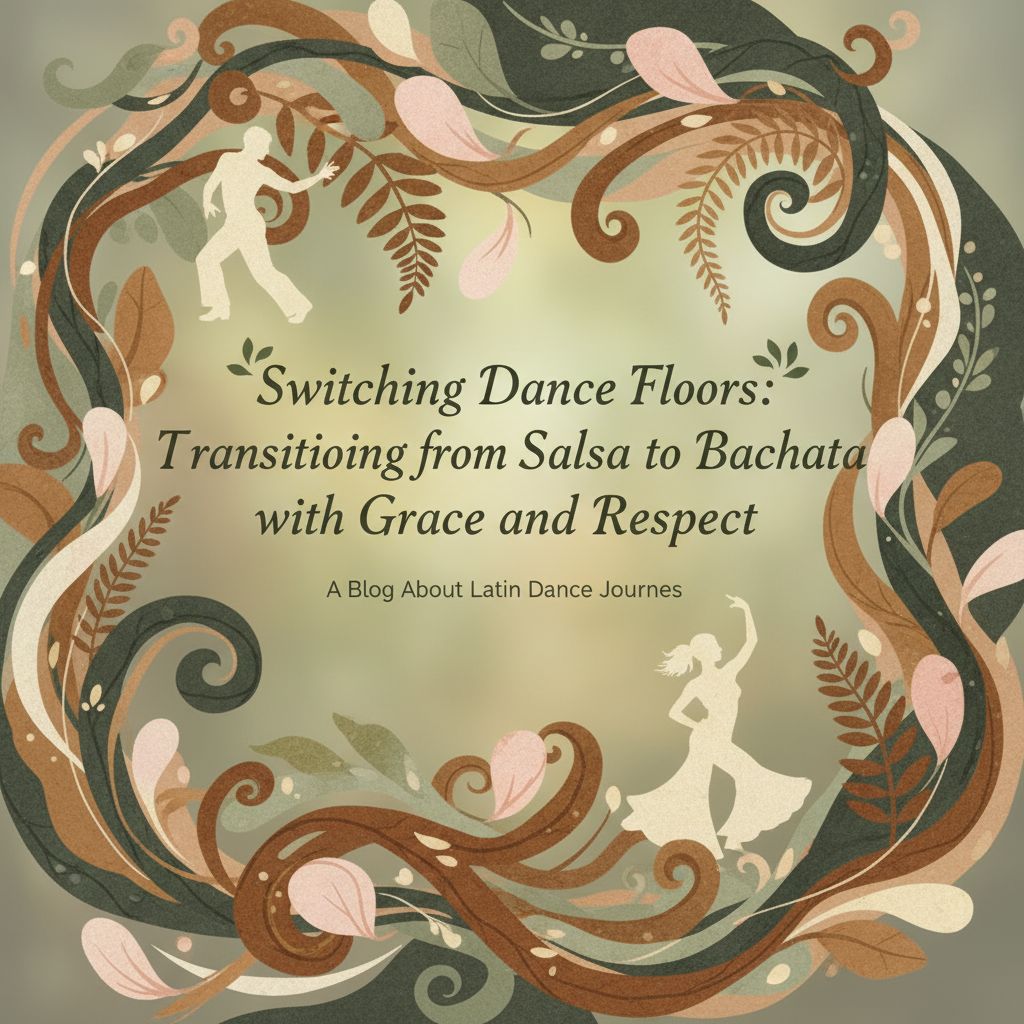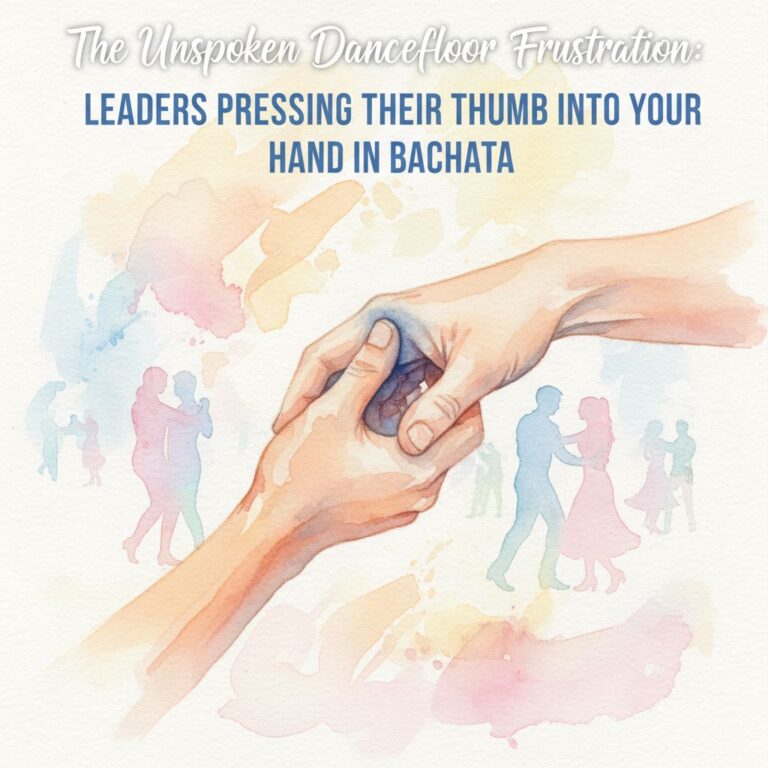Understanding the Dynamics of Salsa and Bachata
How we approach different styles of dance is influenced significantly by our knowledge, experience, and the preconceived notions we carry. Sometimes, a dancer who excels in one style, like salsa, may find it challenging to switch to another style, like bachata, due to differences in dance technique, rhythm, and social norms. This can lead to experiences that are less than stellar for both themselves and their partners.
The Grace of Salsa versus the Intimacy of Bachata
In salsa, the leading is often soft and clear, emphasizing the fluidity of the movements and the rhythm of the music. The dance, while intimate, maintains a certain level of distance between the partners, with the connection primarily being through the hands and the occasional shoulder touch.
Contrast this with bachata, where the dance is generally more intimate and close, demanding a higher level of contact between partners. The leading in bachata can seem rougher, especially when the leader is not proficient in the dance style. The frame is closer, the touch may be more intimate, and the rhythm is different, often leading to a noticeably different dancing experience.
Respecting the Dance and the Dancer
Approaching any dance style requires a level of respect for the dance itself and the partner you are dancing with. This respect translates into giving attention to the dance’s technical aspects, maintaining a safe and comfortable space for your partner, and understanding the social norms of that dance style. When transitioning from salsa to bachata, it’s crucial to remember that these are two different dance styles with distinct techniques and norms, and what works in one might not work in the other.
Leading Bachata with Care and Respect
A common issue during bachata dances, especially with leaders primarily accustomed to salsa, is the sudden change in frame and leading technique. This abrupt shift can create an uncomfortable dancing experience for the follower, as it often involves more intimate touching and closer contact than they may be used to in a salsa setting.
To effectively lead bachata, it’s important to understand its distinct characteristics and respect its norms. Bachata is a dance of close connection and sensual movements, but that doesn’t mean it should be led roughly or without regard for the follower’s comfort.
Smooth Transitions Require Learning and Practice
Transitioning smoothly from salsa to bachata requires learning and practicing the unique aspects of each dance style. It also requires understanding that each dance has its own etiquette, and what’s acceptable in one might not be in another. By respecting these differences and dedicating time to understand and practice each style individually, we can ensure a more enjoyable and respectful experience for both ourselves and our dance partners.







